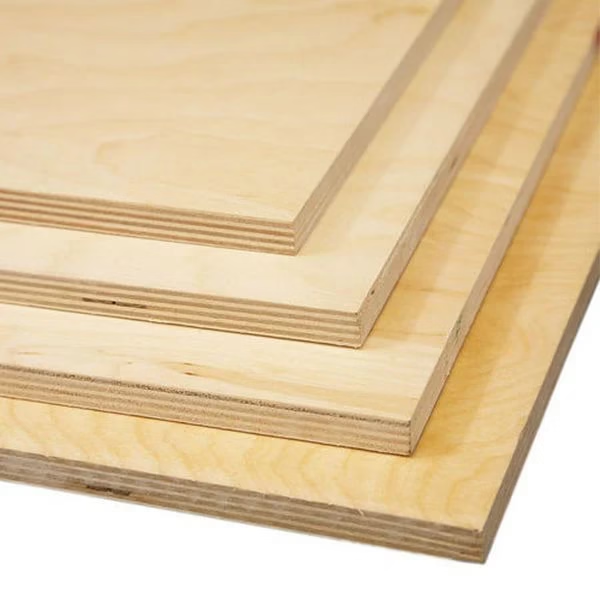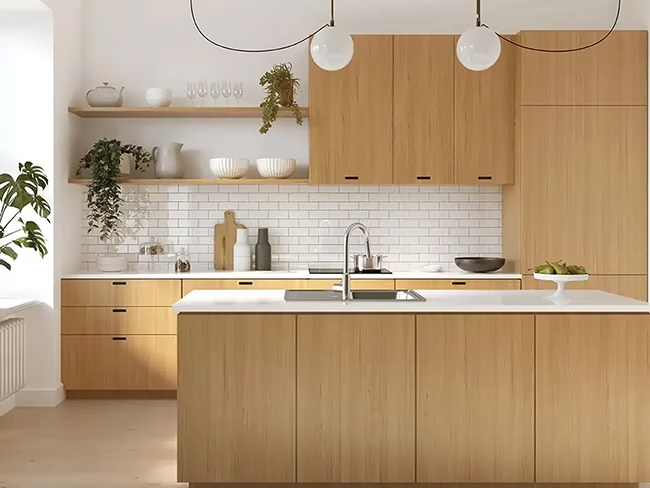Insight
The Plywood Guide: Understanding Grades, Types, and Uses
Plywood, a ubiquitous material in the construction world, offers a perfect blend of strength, affordability, and versatility. But with its seemingly endless variety of grades and types, navigating the world of plywood can be daunting. This guide is here to equip you with the knowledge to confidently choose the perfect plywood for your next project.
Understanding Plywood Grades
Plywood grades indicate the quality of the face veneer (the outer layer) and the overall construction. Here’s a breakdown of the most common grades:
- A Grade
Featuring a smooth, near-flawless surface, A-grade plywood is ideal for applications where aesthetics are paramount, such as furniture making or cabinetry.
- B Grade
While allowing for a few minor knots or repairs, B-grade plywood still provides a good painting surface and is suitable for high-quality, non-structural applications.
- C Grade
This grade permits more knots and imperfections but remains structurally sound. It’s perfect for applications where functionality outweighs appearance, such as subflooring or underlayment.
- D Grade:
D-grade plywood has the most visible defects and is best suited for rough construction projects like concrete formwork, where it will be hidden behind other materials.
A Look at Plywood Types
Beyond grades, plywood comes in various types, each with specific properties:
- Softwood
Made from fast-growing woods like pine or spruce, this is the most common and cost-effective option. It’s suitable for indoor applications where moisture exposure is minimal.
- Hardwood
Constructed from hardwoods like birch or maple, this type offers superior strength, durability, and a beautiful finish, making it ideal for high-end furniture, cabinets, and demanding construction projects.
- Marine Plywood
Engineered to withstand constant moisture exposure, marine plywood uses waterproof adhesives and typically features hardwood faces. It’s the go-to choice for boat building, outdoor furniture, and other applications exposed to water.
- Fire-Rated Plywood
Treated with fire retardants, this type of plywood offers enhanced fire resistance, making it crucial for specific building codes in certain construction projects.
Matching Plywood to Your Needs
Now that you understand grades and types, here’s how to choose the right plywood for your project:
- Consider Application: Is appearance important (furniture)? Will the plywood be exposed to moisture (bathroom cabinets)? Knowing the project’s purpose will guide your grade selection.
- Strength Requirements: Does the plywood need to bear significant weight (floors)? Opt for higher grades or thicker plywood for structural applications.
- Moisture Exposure: Is the plywood used indoors or outdoors? Choose moisture-resistant types like marine plywood for exterior use.
Plywood: The Foundation for Endless Projects
With its versatility and affordability, plywood remains a cornerstone material for builders, DIY enthusiasts, and craftspeople alike. By understanding grades, types, and how they match your project’s needs, you can unlock the full potential of plywood and bring your vision to life.









